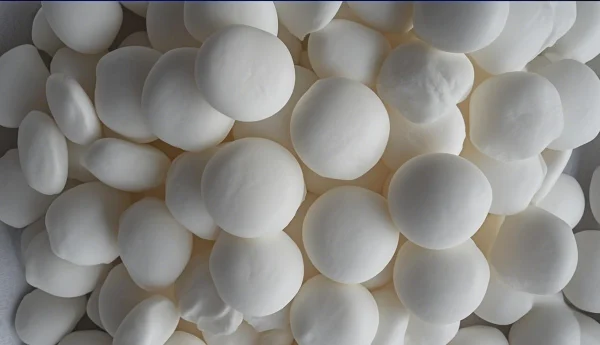
Introduction
Cyanide leaching, a widely used process in the mining industry for extracting precious metals such as gold and silver from ores, has been a subject of continuous research and optimization. The process involves the use of a Sodium Cyanide solution to dissolve the precious metals, forming complex cyanide compounds. However, the efficiency and effectiveness of this process can be significantly influenced by various factors, among which temperature plays a crucial role. In winter, when low-temperature environments prevail, the cyanide leaching process encounters unique challenges that can impact the overall extraction process, economic viability, and environmental implications. This article delves into the specific impacts of low temperatures on Sodium Cyanide Leaching, exploring the underlying chemical and physical mechanisms, and discussing potential solutions to mitigate the associated problems.
Chemical Reaction Kinetics at Low Temperatures
Chemical reactions in the cyanide leaching process are temperature-dependent. The reaction between sodium cyanide, oxygen, and precious metals, which results in the formation of soluble metal-cyanide complexes, is generally exothermic. As the temperature decreases, the rate at which these chemical reactions occur slows down significantly. In the context of cyanide leaching, lower temperatures mean that the reaction between cyanide ions and precious metal atoms on the ore surface happens at a reduced pace. This slower reaction rate directly leads to a longer required leaching time to achieve the same level of metal extraction as in higher-temperature conditions. In some cases, if the temperature drops significantly, the reaction may become so slow that the practicality of the leaching process is severely compromised.
Solubility of Cyanide and Metal Complexes
Temperature also affects the solubility of substances involved in the cyanide leaching process. Sodium cyanide's solubility changes with temperature, and typically, as the temperature goes down, the solubility of most solids in water decreases. For Sodium cyanide, a significant drop in temperature can cause the cyanide ions in the solution to start precipitating out if the concentration exceeds what can dissolve at the lower temperature. This precipitation not only reduces the effective amount of cyanide available for the leaching reaction but can also clog pipelines and equipment.
Moreover, the solubility of the metal-cyanide complexes formed during the leaching process is temperature-sensitive. At low temperatures, these complexes may become less soluble. If they precipitate, the precious metals are removed from the solution, preventing further processing and recovery. The precipitation of metal-cyanide complexes can also create solid deposits on the ore surface, blocking cyanide ions from reaching the remaining precious metal particles and further hindering the leaching process.
Viscosity and Diffusion in Low-Temperature Solutions
The viscosity of the cyanide solution increases at lower temperatures. Viscosity measures a fluid's resistance to flow. As the temperature drops, the molecules in the solution move more slowly and interact more strongly, making the solution thicker. In a highly viscous cyanide solution, it becomes more difficult for cyanide ions and oxygen molecules, which are essential for the leaching reaction, to move through the solution to reach the ore particles.
According to the principles of diffusion, the rate at which these reactants spread through the solution is inversely related to the solution's viscosity. So, in a thick, low-temperature cyanide solution, the reactants take longer to reach the ore surface, further slowing down the overall leaching rate. This effect is especially noticeable in heap leaching operations, where the solution needs to flow through large piles of ore. The increased viscosity can cause the solution to flow unevenly, leading to inefficient leaching in some areas and leaving behind unextracted precious metals.
Impact on Equipment and Infrastructure
Low-temperature environments also pose challenges to the equipment and infrastructure used in the cyanide leaching process. Pipes, pumps, and storage tanks are all vulnerable to the cold. The increased viscosity of the cyanide solution puts extra strain on pumps, making them work harder to maintain the desired flow rate. This can lead to higher energy consumption and more wear and tear on pump components, potentially shortening their lifespan.
In addition, the risk of freezing in pipes and storage tanks is a major concern. If the cyanide solution freezes, it can burst pipes and cause equipment to malfunction. Even if it doesn't freeze completely, the formation of ice crystals can still disrupt the flow and cause blockages. To prevent these issues, mining operations often have to invest in additional heating and insulation systems for their equipment and pipelines in cold regions. However, these measures increase the overall operating costs of the mining process.
Environmental Considerations in Low-Temperature Cyanide Leaching
Environmental concerns associated with cyanide leaching become more complex in low-temperature environments. The risk of cyanide spills and leaks always exists in mining operations, and in cold conditions, the consequences can be more severe. If a cyanide solution spills in a low-temperature environment, the lower temperatures slow down the natural breakdown of cyanide in the environment. Cyanide is toxic to many forms of life, and its persistence due to low temperatures can pose a greater threat to aquatic life, soil organisms, and potentially human health if the contaminated area is near water sources or populated regions.
Furthermore, the increased viscosity and potential precipitation of cyanide and metal complexes in low-temperature conditions make it harder to properly treat and dispose of waste solutions. Waste management systems designed for normal-temperature cyanide-containing solutions may not work as effectively in cold weather, increasing the risk of environmental contamination if not adjusted properly.
Strategies to Mitigate the Impact of Low Temperatures
Heating the Cyanide Solution
One way to counter the negative impacts of low temperatures is to heat the cyanide solution. By raising the temperature, the reaction speed can be improved, the solubility of cyanide and metal complexes can be maintained, and the viscosity can be reduced. Submerged combustion heaters have been used in some mining operations because of their high thermal efficiency. However, this method can bring other problems, such as dissolving a large amount of carbon dioxide in the alkaline cyanide solution, which can cause pipeline fouling. An alternative is to use heat exchangers, which can effectively heat the solution without causing as many chemical side effects and have been successfully used in many mining facilities.
Adjusting Chemical Reagents and Conditions
Optimizing the chemical reagents and conditions can also help reduce the impact of low temperatures. For example, adjusting the pH of the cyanide solution can affect the solubility and reactivity of the substances involved in the leaching process. In some cases, slightly changing the pH to a more suitable range for low-temperature conditions can enhance the stability of metal-cyanide complexes and improve the leaching efficiency. Additionally, the use of certain additives or catalysts can be explored. Some substances can lower the energy needed for the leaching reaction, thus making up for the slower reaction rate caused by low temperatures. However, the selection of such additives needs careful evaluation to ensure they don't create new environmental or operational problems.
Insulating and Protecting Equipment
To deal with the challenges to equipment and infrastructure in low-temperature environments, comprehensive insulation and protection measures are necessary. Pipes and storage tanks can be insulated with materials like fiberglass or foam to reduce heat loss and prevent freezing. Heating tapes or trace heating systems can also be installed on pipes to keep the flowing cyanide solution at the right temperature. Regular maintenance and inspection of equipment are crucial to detect any signs of wear or damage caused by the cold in a timely manner. This can help prevent major equipment failures and ensure the smooth operation of the cyanide leaching process.
Conclusion
The impact of winter low-temperature environments on sodium cyanide leaching in the mining industry is multi-faceted and complex. From slowing down chemical reactions and affecting solubility and diffusion to posing challenges to equipment and infrastructure and increasing environmental risks, low temperatures can significantly reduce the efficiency and effectiveness of the leaching process. However, by implementing appropriate strategies such as heating the solution, adjusting chemical conditions, and protecting equipment, mining operations can mitigate these impacts and continue cyanide leaching in cold regions. As the demand for precious metals remains high and mining operations expand to more diverse areas, further research and development in optimizing cyanide leaching for low-temperature conditions will be essential for the long-term viability and sustainability of the mining industry.
- Random Content
- Hot content
- Hot review content
- Sodium Sulfide Industry Grade 60% 30ppm/150ppm Yellow/ Red Flakes Na2s
- Plastic Shock Tube(VOD≧1600m/s)
- Calcium Peroxide 60% Assay Yellowish Tablet
- Feed Grade 98.0% Calcium Formate
- Fertilizer magnesium sulfate/magnesium sulfate monohydrate
- Sodium sulphate 99% Pharmacy Grade
- Food grade Antioxidant T501 Antioxidant 264 Antioxidant BHT 99.5%
- 1Discounted Sodium Cyanide (CAS: 143-33-9) for Mining - High Quality & Competitive Pricing
- 2Sodium Cyanide 98% CAS 143-33-9 gold dressing agent Essential for Mining and Chemical Industries
- 3Sodium Cyanide 98%+ CAS 143-33-9
- 4China's New Regulations on Sodium Cyanide Exports and Guidance for International Buyers
- 5Anhydrous Oxalic acid 99.6% Industrial Grade
- 6Oxalic acid for mining 99.6%
- 7Reagent Grade/Industrial Grade Hydrochloric Acid min.31%
- 1Sodium Cyanide 98% CAS 143-33-9 gold dressing agent Essential for Mining and Chemical Industries
- 2High Quality 99% Purity of Cyanuric chloride ISO 9001:2005 REACH Verified Producer
- 3 High-Quality Sodium Cyanide for Leaching
- 4Powdery emulsion explosive
- 5Industry Grade Electron grade 98% Sulfuric Acid H2SO4 Sulphuric Acid Battery Acid Industrial Sulfuric Acid
- 6Colloidal emulsion explosive
- 7sodium hydrosulfide 70% flakes used Mining Industry


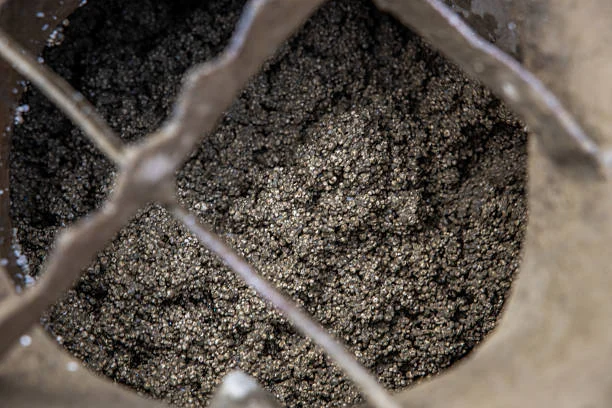
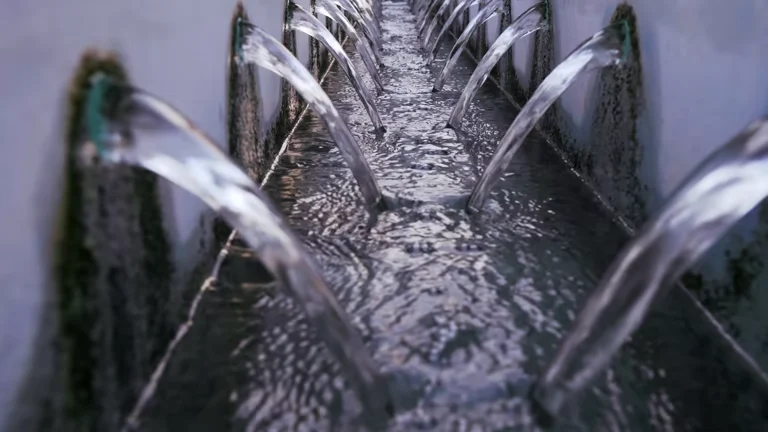
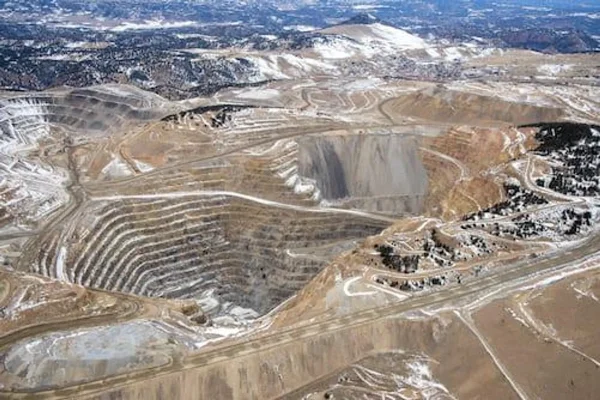

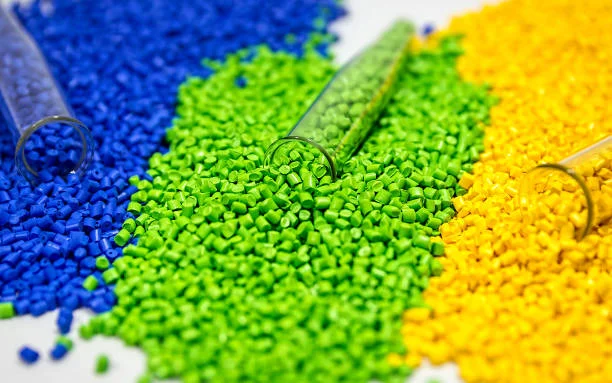

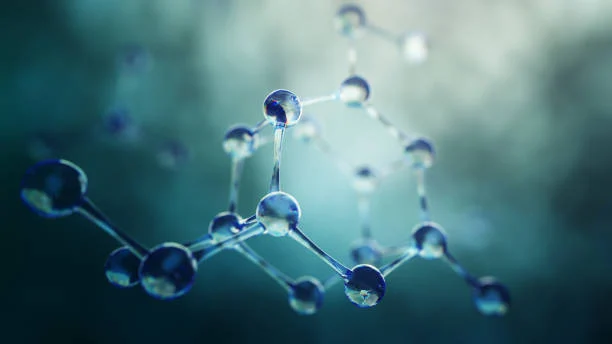



Online message consultation
Add comment: